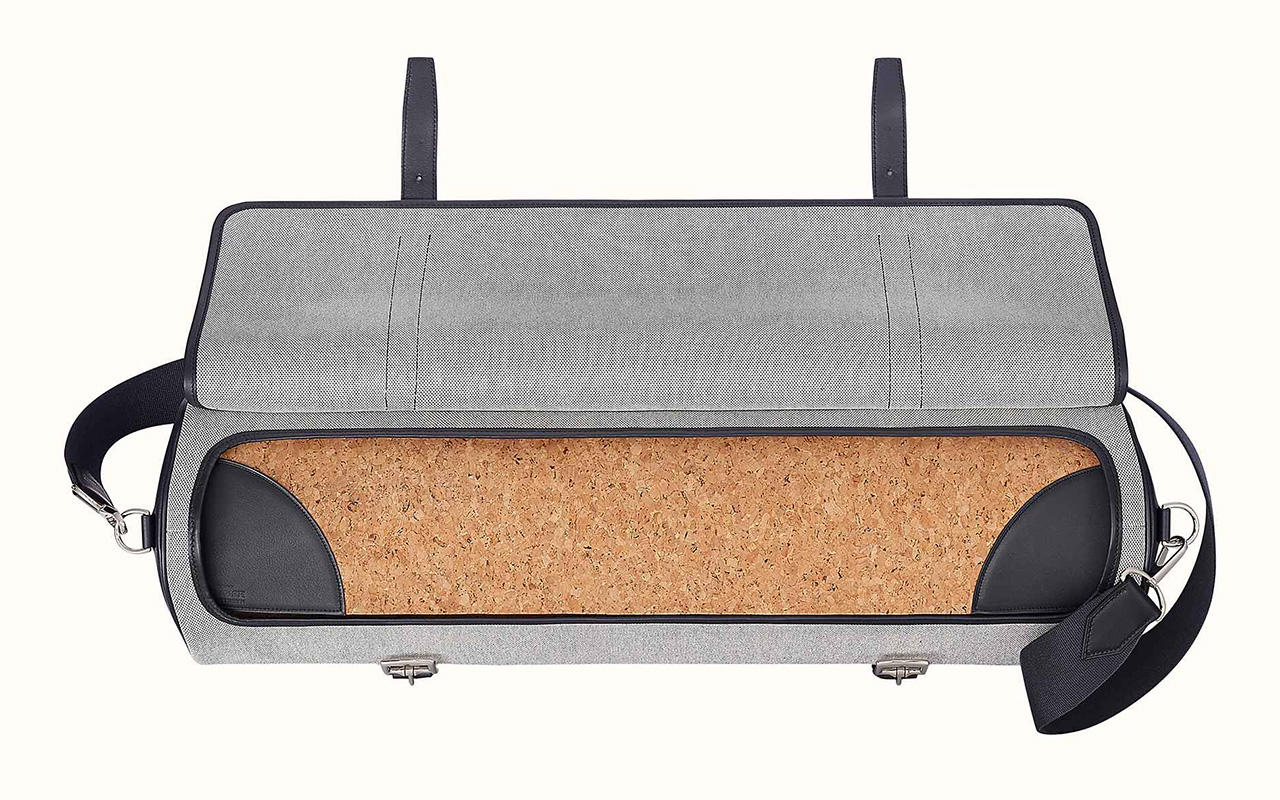The International Day of Yoga is fast approaching and will be here on the summer solstice –June 21. My yoga instructor has encouraged us to pledge twelve Surya-Namskars daily, leading up to the celebration. As we stretch ourselves into Downward Dog posture with sweat dripping down our faces, all of us are thankful for the Yoga Mats we use. They readily absorb moisture, keeping the floor space dry and tidy for us.
Yoga was traditionally practiced without any mats, but in modern times with different interpretations, stepping onto your yoga mat has a bit of a different meaning. It represents honoring the space that you are in, defining boundaries and conditioning yourself to focus on your practice for the next hour or so. Most yogis prefer doing their practice on a mat rather than grass, towel, or bedsheet and use it as a primary tool to connect with the postures.
A brief history of the first yoga mat
You may not have known, but we all have the respected yoga teacher to thank, Angela Farmer, as she was the first one to practice on a makeshift mat. Suffering from a condition that rendered her incapable of sweating from her hands and feet, made it difficult for her to practice on a hardwood floor. In the 1960s, while practicing with BKS Iyengar, she was asked not to use water or foam on the floor, for traction. She eventually found a solution in a thin piece of underlay from a carpet factory – and there you have it, the first Yoga Mat.
Why mats matter
If you have ever practiced yoga then you will know that postures like Ek Padh Asana (one leg on the thigh posture) or Trikon Asana (triangle posture) require you to center yourself and place a lot more pressure on the legs to ground yourself. Whether it is taking your hands upwards to the sky while balancing on one foot or bending forward to form a triangle shape from your hip onwards, yoga postures require you to have a planted foot on the ground that remains steady.
Picking the right mat
Picking the right yoga mat is very important. You need to look for one that provides good stability, grip and has easy maintenance. A stable mat will neither be too soft not too hard. It should be squishy enough to take the pressure off your joints and dense enough to offer stability. The grip is tested in terms of your body and the floor. You should be able to maintain the grip of your hands and feet comfortably on the mat. Likewise, the mat should not roll or slip when laid on the floor. More porous and open cell mats are difficult and tough to clean.
The mat defines your space
Consider your yoga mat as more than just an accessory that facilitates your practice; metaphorically, it holds your space and intention during your workout. On the mat is a place that you go deep within yourself and try to master your asanas. It serves as a fence or boundary that no one should cross. It teaches you to be comfortable within a confined space yet feel abundant and maintain your privacy – teaching you not to cross the lines.
Voilà! The Hermès Yoga Bag and Mat
But sometimes and for some of us, it’s not just about the kind of ‘peace’ that you will experience on the mat, but the quality of a ‘piece’. Splurging $20,000 on this Hermès Yoga Bag and Mat may tick some of the boxes in this yoga mat guide. You won’t know till you don’t step on it! Crafted from latex, the mat is teamed with a leather bag in muted grey with black handles and can be carried over the shoulder.
